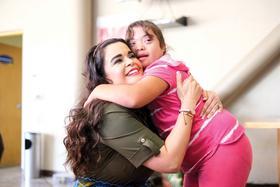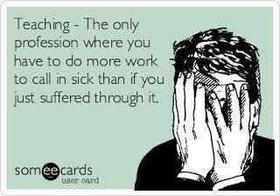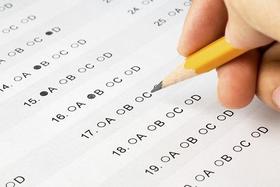Project-based learning is a unique type of pedagogy that moves beyond the traditional “memorize and regurgitate information” approach that is commonly seen in classrooms today. Project-based learning brings relevancy and practical application to the lesson, by making students active participants, rather than mere bystanders. Although project-based learning is still used on a relatively limited basis today, there are a number of reasons why educators might want to consider incorporating this methodology into their classrooms.
In this video, a teenager explains project-based learning.
A Definition of Project-Based Learning
According to the , project-based learning involves students coming together in groups or working individually to explore real-world problems. Through their explorations, students create presentations that sum up what they learned and their proposed solutions to those problems. Teachers in project-based learning classrooms serve as facilitators and guides, helping students find answers to questions without spoon-feeding the answers directly to them.
The website explains that project-based learning comes from the belief that students learn best by becoming active participants in the education process. The methodology involves the following:
- Students using knowledge learned to tackle problems experienced in the real world
- Students exercising more control over their learning environment
- Students typically working in groups or pairs, although individual projects can also be used
- Teachers serving as coaches to encourage student reflection and problem-solving skills
Project-based learning is similar to problem-based learning, which presents students with a real-world problem and allows them to explore possible solutions. However, in project-based learning, there is a final product at the end. The final presentation maybe a poster, video or other actual product, which allows students to master additional skills as they put the information together and determine the best way of presenting the material to the rest of the class.
Project-based learning is much more student-directed than traditional teaching methods. In this model, students determine how to address the real-world problem they are presented with. They are tasked with the responsibility of finding their own answers to questions that arise, and they determine what sort of project they want to present at the end of the session. Teachers are present to act as guides and mentors and develop a general framework and guidelines for students to work within.
This video offers an explanation of project-based learning.
Where Project-Based Learning can be Used
While project-based learning can be adapted across nearly any academic subject, it will look quite different in different types of classrooms. Project-based learning, due to its very nature of outcome-based learning, also lends itself somewhat more effectively to some subjects than others. Some of the most effective subjects to incorporate project-based learning include:
Although project-based learning has been used in classrooms for many generations, the projects are typically assigned near the end of the term, after the bulk of the learning has taken place. In this case, the project serves as a summation of the material students have learned. True project-based learning classrooms begin the term with the project and allow students to use the term to explore the subject thoroughly as they work to collect the knowledge they need to create their presentation at the end.
Components of a Successful Project
Because the project becomes the central focus of the classroom, teachers must choose the project with extreme care. The most effective projects for this learning model include the following components, according to (formerly the Association for Supervision and Curriculum Development):
- A Need to Know – Teachers must present the project in an interesting fashion that helps students see the relevancy of the topic in the classroom
- A Compelling Question – By introducing the problem and the project with a compelling question, students see the link between the classroom project and the real world
- Student Choice – While the teacher may provide guidelines in terms of the selection of a project and ways to explore the problem, students ultimately determine what they want their project-based learning experience to look like
- Up-to-Date Skills – Students should be able to master 21st-century skills in exploring their problem and creating their presentation
- Self-Guided Inquiry – Students should be able to take the initial compelling question asked by the teacher and form their own list of questions related to the topic that they can then research to find answers
- Teacher Guidance and Revision – As students work through their problems and create their presentations, regular input and guidance from the teacher is required to keep students on task and help them get the information they need
- A Final Product – Students need to have a final product to present at the end of the term to provide the teacher with the ability to assess the student’s work and learning process throughout
In this video, researchers in Michigan show that project-based learning in high-poverty communities can produce statistically significant gains in social studies and informational reading.
Assessing Project-Based Learning
One of the concerns over this instructional methodology is how to accurately assess student academic performance with such an individualized, self-guided program. According to the website for the (CORD), assessments may include structured checklists, portfolios, and rubrics designed by the teacher to ensure students develop content mastery. The most effective assessments will be done periodically throughout the term, possibly through a rubric handed out by the teacher at the beginning of the term.
This point brings forth another obstacle with effective project-based learning today – appropriate training for the teachers using this model in their classrooms. states that few good training programs are available in the methodology to date, although a handful of locations are cropping up nationwide. Proponents of project-based learning stress that instructional training needs to be ongoing to ensure teachers have the support and knowledge they need to make the most of this uniquely beneficial pedagogy.
Questions? Contact us on Facebook. @publicschoolreview














